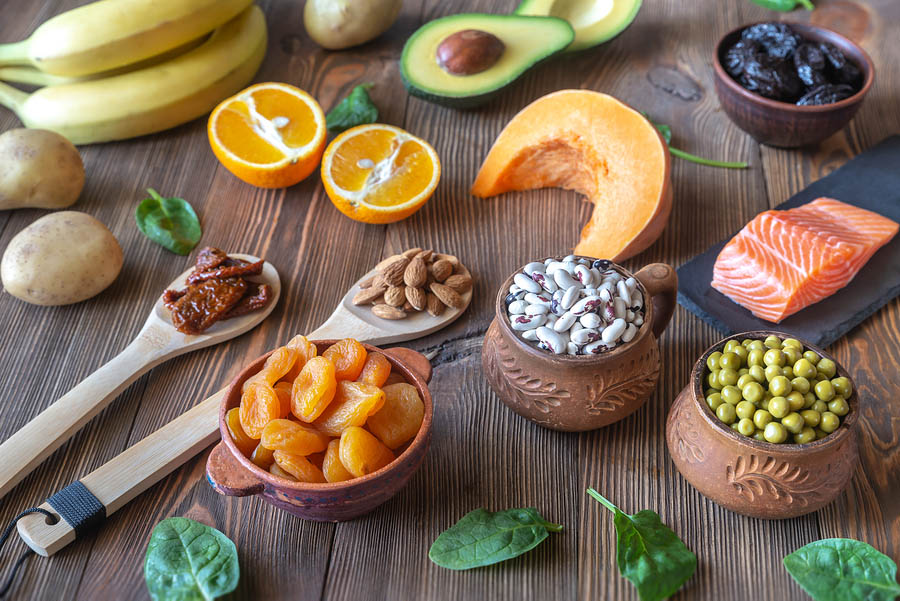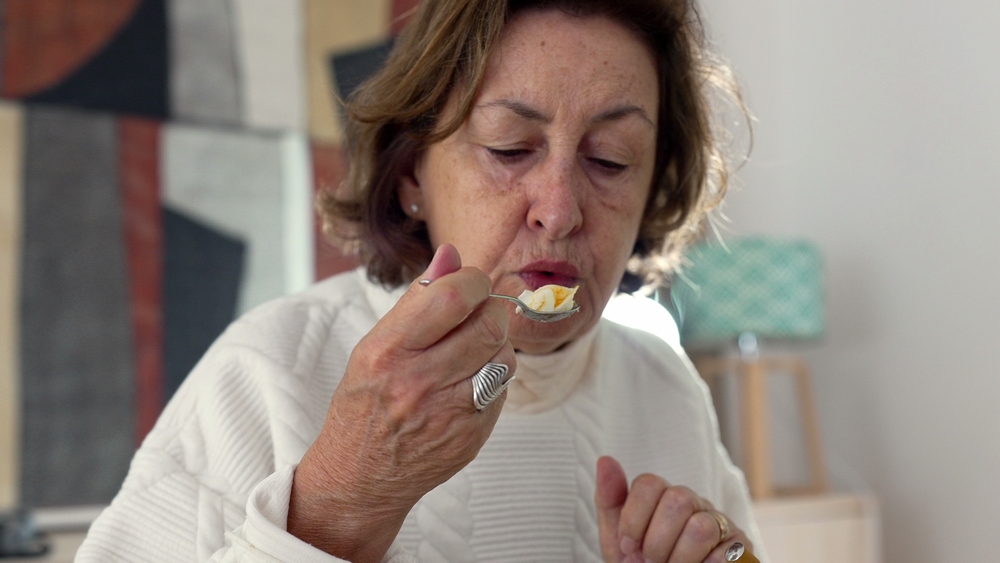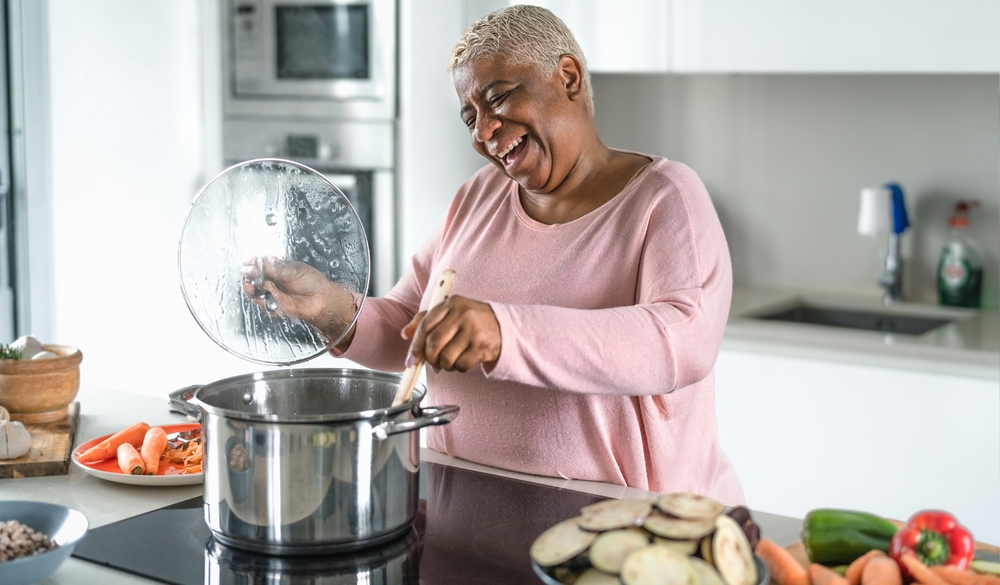High and Low Potassium in Elderly Adults
Category:

Potassium is an essential mineral and electrolyte in the body’s cells, organs, and tissues. You can find potassium in foods such as nuts, bananas, tuna, and many more. Older adults need a certain level of potassium in their diet to thrive. However, too much or too little in your diet could be damaging. Understanding the causes, symptoms, and management of high and low potassium is crucial to your health.
High Potassium in Elderly Adults
What Causes High Potassium in Elderly Adults?
- Excess potassium in your diet. High-potassium foods such as tomatoes, bananas, yogurt, citrus, meats, and others can cause too much potassium to enter your blood. Salt substitutes are high in potassium and can cause issues for individuals who cannot adequately excrete potassium.
- Certain medications. Medications such as diuretics, non-steroidal anti-inflammatory drugs, and others interfere with your ability to excrete excess potassium. Decreased kidney function can further compound these side effects.
- Decreased blood flow to the kidneys. As you age, your kidneys may lose ability to filter the blood and cause problems with excreting potassium. High levels of potassium may accumulate in the bloodstream as a result.
What are the Symptoms of High Potassium in the Elderly?
High-potassium intake often results in mild and non-specific symptoms, such as muscle tingling, weakness, and numbness. These symptoms develop slowly over several weeks or months. The biggest dangers of high potassium occur when it happens suddenly. Call 911 or head to the emergency room if you experience chest pain, heart palpitations, shortness of breath, nausea, or vomiting.
How to Manage High Potassium
- Eat a low-potassium diet, which includes foods such as apples, berries, cabbage, cauliflower, celery, chocolate, eggplant, kale, lettuce, noodles, onions, pasta, peppers, rice, and watermelon.
- Avoid certain salt substitutes, herbal remedies, and supplements.
- Ask a doctor about water pills or potassium binders.
Low Potassium in Elderly Adults
What Causes Low Potassium in Elderly Adults?
- Malnutrition and dehydration. Eating unhealthy foods, or not eating at all, can deplete your body of vitamins and minerals. Lack of hydration can also lead to a loss of potassium in cells.
- Diuretics. Diuretics are medications that increase the excretion of salt and water content in your urine. Some diuretics can cause very low potassium levels in elderly adults due to the excretion of too much potassium.
- Diarrhea and excess vomiting. Diarrhea and vomiting can lead to dehydration, low sodium levels, and hypokalemia, which is a condition of low potassium levels. Vomiting can also trigger potassium loss from urine, which makes prolonged vomiting result in low potassium levels.
What are the Symptoms of Low Potassium in the Elderly?
Potassium deficiency develops slowly in the elderly through symptoms such as fatigue, muscle weakness, cramps, bone fragility, nausea, vomiting, and higher blood sugar. Low potassium can also cause several mood changes in older adults, including confusion, depression, nervous disorders, and erratic behavior.
How to Manage Low Potassium
- Eat a high-potassium diet, which includes foods such as avocados, bananas, broccoli, spinach, granola, kidney beans, milk, nuts, oranges, peanut butter, potatoes, pumpkin, raisins, tomatoes, and tuna.
- Ask a doctor about potassium supplements. These contain potassium chloride and potassium bicarbonate.
- In emergency situations, monitor your heartbeat.
Subscribe
Date: 2019-04-11
Category:


